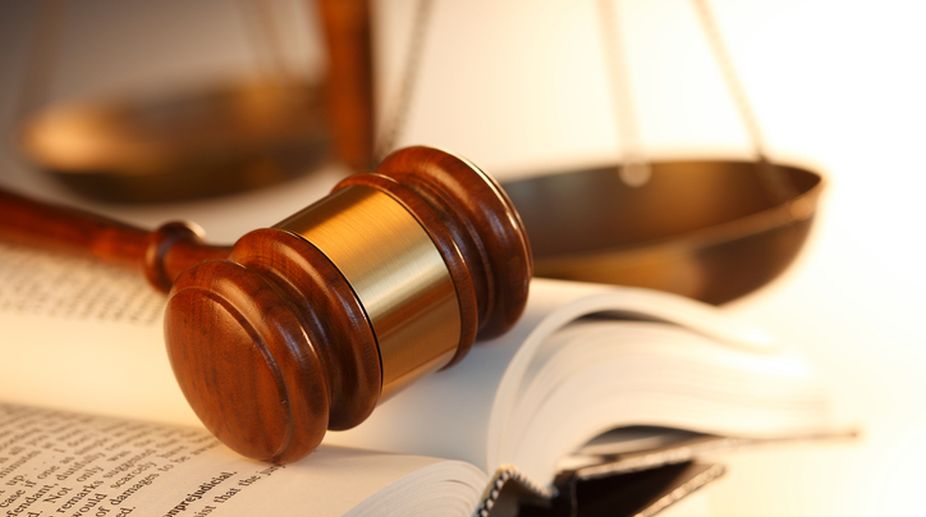AAP welcomes HC’s decision to stay demolition drive in Delhi
The ruling came after an appeal from the Delhi Urban Shelter Improvement Board (DUSIB) was made before the court.

Representational Image (Photo: Getty Images)
Clearly unhappy with what it dubs media trials, the Delhi High Court has set up a six-member panel to frame guidelines on the coverage of court proceedings. On the face of it, there is no cause for quarrel with the order delivered by the Acting Chief Justice who said “it is a participatory endeavour by which certain principles can be evolved which ought to guide media organisatons in their coverage”. The order proceeded to favour guidelines over other remedies, such as contempt of court action, which “becomes available only after the media has already erred, and often irreversible damage to the case done.” It would reek of immature arrogance for the media not to look within and perceive a degree of validity to the judicial observation ~ basic norms of “crime reporting” have been ignored in recent times, particularly by the overly-sensational and excessively competitive electronic media that now takes the police version as Gospel truth. At times, as is so evident in the reporting of “terrorist” activity in Jammu and Kashmir, it also amplifies a decidedly political line.
Having accepted those “in-house” infirmities, it is also necessary to question the composition of the panel which will be headed by the highly respected Ms Ruma Pal, who had graced the Bench of the apex court. All its members have a judicial or bureaucratic orientation, there is no representative of the media, not even of the Press Council of India, a body created through an Act of Parliament and whose jurisdiction this subject falls squarely in. This is not another “quota” demand, but it does point to a tendency of the judiciary to look elsewhere to explain away its own inadequacies. Much of the trouble follows the “observations” of the court being projected as directives or verdicts, and this is often the result of Judges making “bold” comments during hearings ~ but backing-off when presenting the final orders.
It is an open secret that the presence of a host of reporters in court encourages some Judges to seek headlines: they may not admit it but reality cannot be wished away. Facilities for the media in courtrooms are minimal, copies of orders are not immediately available, reporters have to rely on “briefings” by counsel ~ often slanted. This situation needs rectification.
Advertisement
What causes concern in the High Court order is its stating that media trials “had led to the formation of populist views, which in turn have threatened to prejudice the process of justice delivery by influencing the judgment of the stakeholder (police officers, judges)i nvolved by putting the onus of fulfilling public expectations on them”, and it went on to add “media reports on court proceedings have actually exhibited a disproportionate influence on public opinion.” Maybe that has relevance in terms of public opinion, yet the judiciary at large stands self-indicted if it allows itself to be influenced by media accounts ~ it cannot duck its onerous duty.
Advertisement